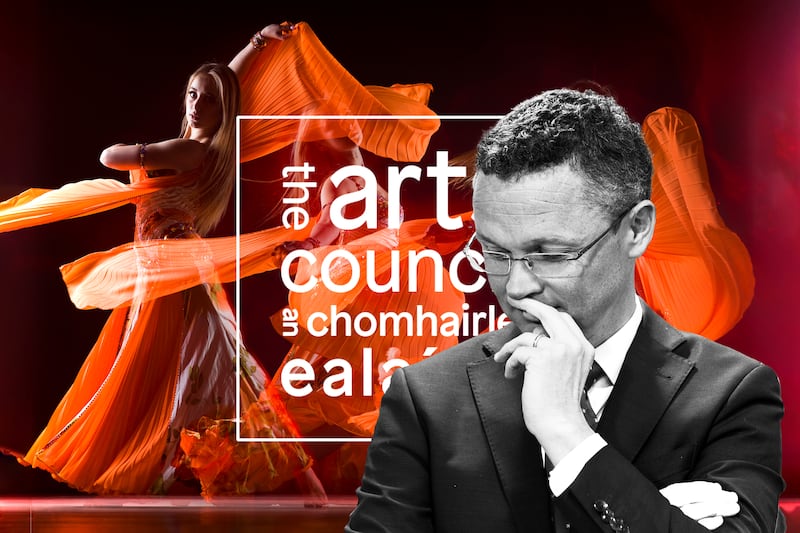Silk blouses with long lace cuffs, trousers of tulle, diaphanous transparent coats and black corsets. This was a spring-summer collection from Odor, a Russian brand aimed not at women but at men, bringing back a romantic visual language of masculinity free of restraint, according to its designer Nikita Kalmykov, one of Moscow’s up and coming young stars. His show was just one of many at the recent Mercedes-Benz Fashion Week in Moscow that challenged conventional images of Russian fashion and more.
Once popularly associated with furs, bling or dowdiness, Russian fashion is having its own revolution today with Moscow a style capital bolstered by a new generation of hip young designers with enormous talent and creativity. It’s a far cry from the utilitarian, approved uniforms of the Soviet era with modern designers embracing current issues of gender, sustainability, diversity and inclusion.
“The fashion scene in Russia is booming and streetwear is now very trendy here,” explains Alexander Shumsky, the tall and bearded founder of Mercedes Fashion Week Russia which attracts some 60,000 visitors, considerable sponsorship and state support. “Fur is not a big thing and not a must any longer. The perception has changed,” he says. “Fashion helps to develop Russian identity, it is a creative industry and part of culture in Russia. Young talent, original design is the hottest trend at the moment”.
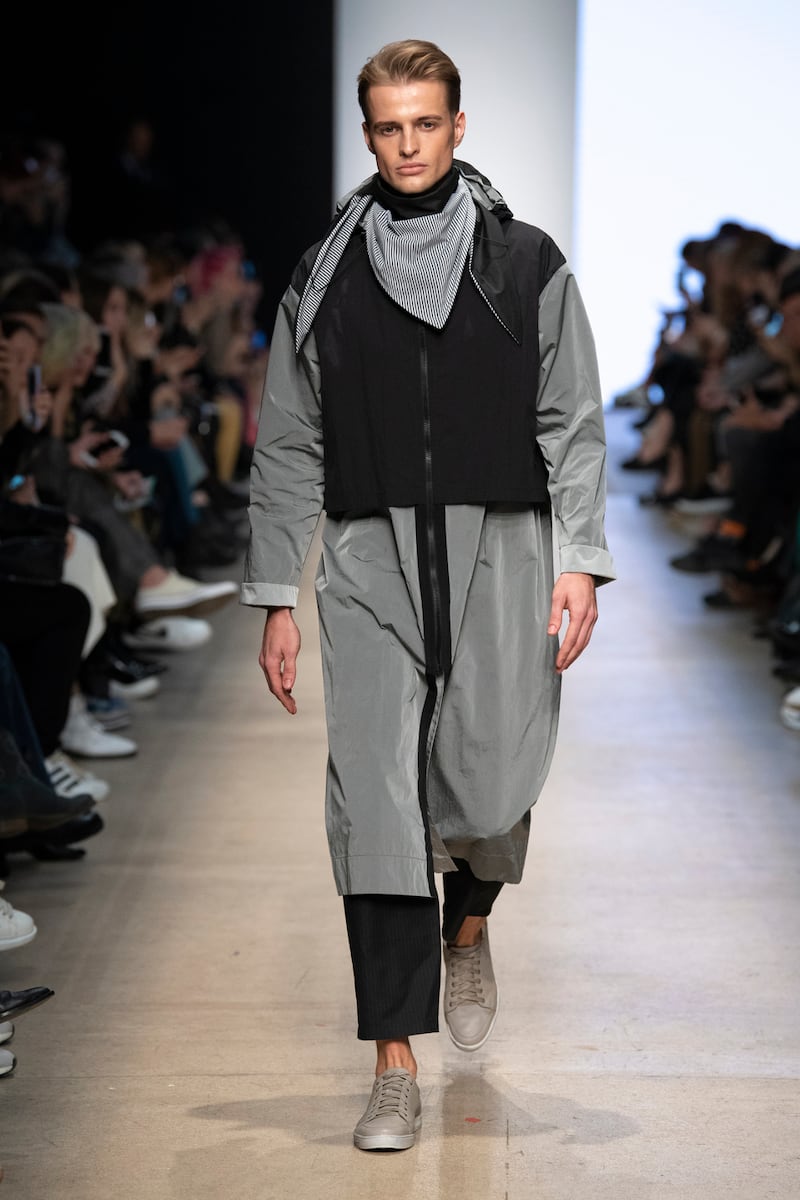
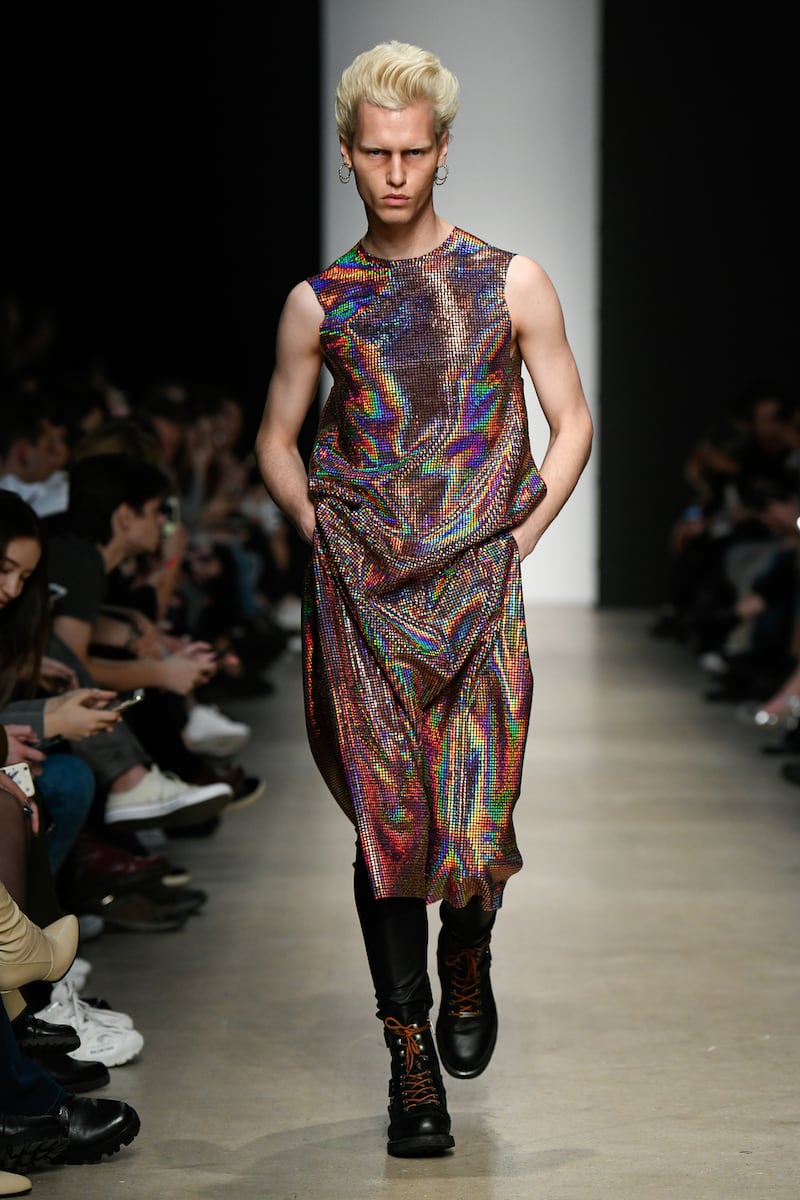
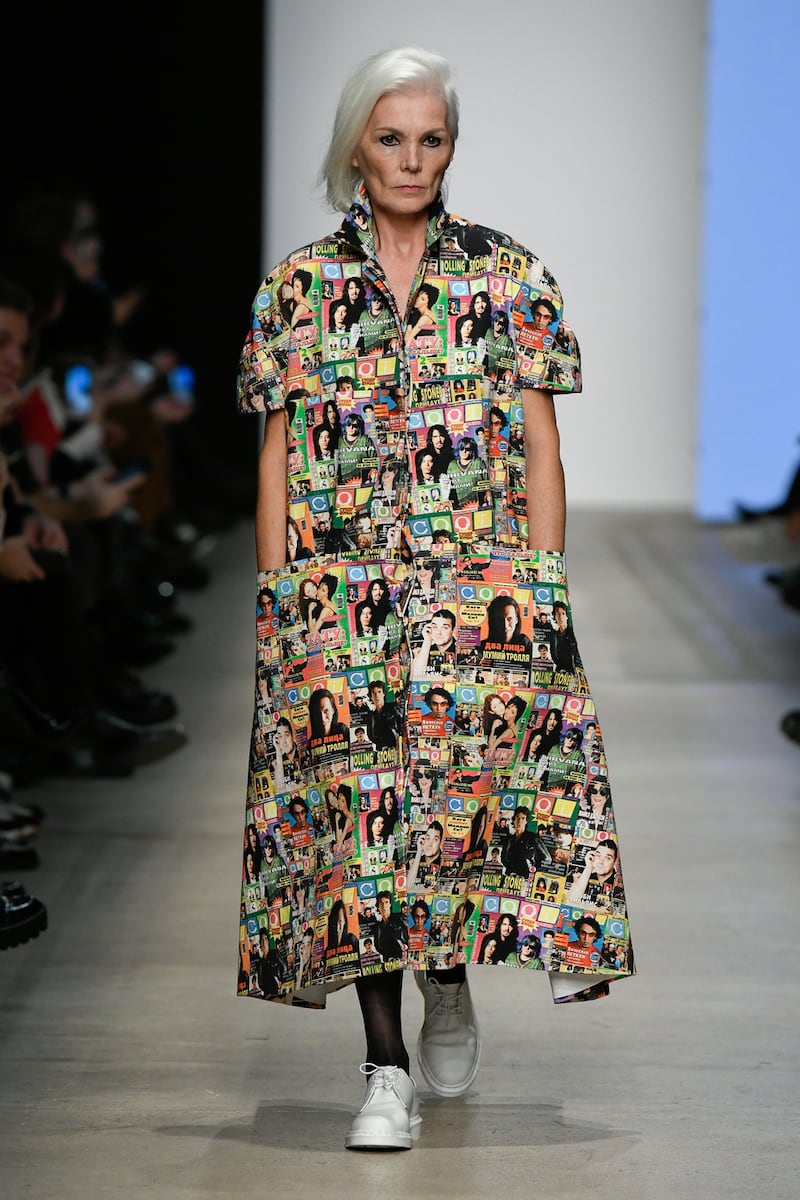
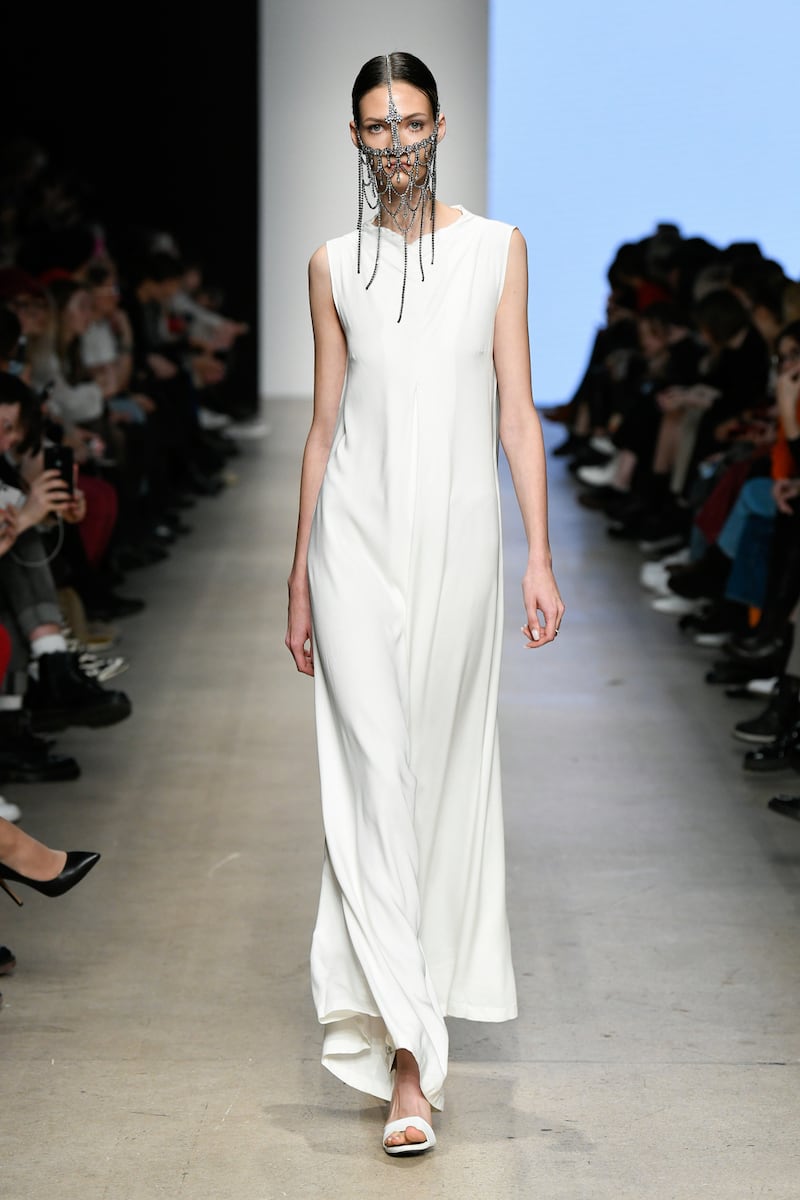
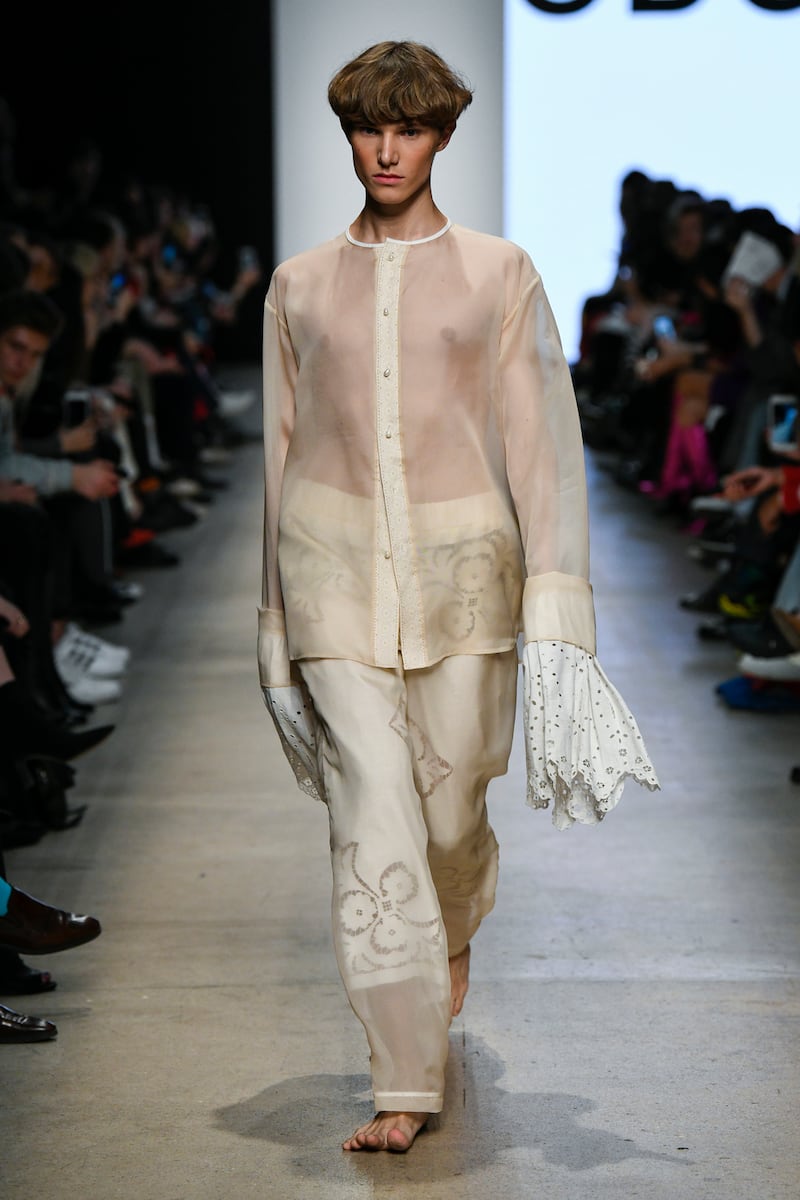
That view was certainly reinforced on a recent visit to Moscow’s fashion week in which fur either on or off the catwalk hardly featured anywhere. Held in Manege, a vast 19th century building adjoining Red Square, the event featuring over 100 young local and international designers was a heady combination of fashion, food, music sets and popup shops, a refreshing and more sociable contrast to fashion weeks in Milan, London or Paris.
This was where Soviet leader Nikita Khrushchev denounced what he called degenerate art including the work of Vladimir Yankilevsky (currently on exhibition at the Multimedia Museum in the city), a view which actively prevented artists from being able to pursue their careers. If Khrushchev had witnessed the subversive notions of Nikita Kalmykov and other young designers showing their gender fluid collections on androgynous models in October, God knows how he would have reacted.
The popular taste for streetwear has grown significantly since the early 2000s largely through the foundation of Moscow Fashion Week by Shumsky, a journalist turned publicist who began a thriving career promoting the first Rolling Stones concert in Russia in 1997 and the first Gucci shop the same year. From then on, his agency was involved in the opening of most international luxury brands in the city “and so I became deeply involved in fashion,” he says. “By the end of the 90s we recognised that we had a lot of Russian brands but no fashion week for them, so we decided to launch a combined schedule with 50 designers.”
Since then he has not looked back. Today with sponsors like Mercedes, DHL and others, the event grows in stature and importance every year. “We get 250 applications annually for 50 shows, so the main challenge is to select the best emerging designers,” he says. The shows not only highlight Russian but also international fledgling stars in their Global Talents initiative. Irish designers, please take note.
Russian designers, according to Shumsky, “are connected to a very rich craft heritage, rich in colour and pattern which remains an endless source of inspiration.” Kalmykov has used his grandmother’s laces, linens and curtains for his subversive takes on modern masculinity, but others demonstrated similar freewheeling energy and creativity whether from the Urals or St Petersburg alongside global newcomers. Notable too were the models – cheers erupted from the 1,000 strong audiences for the older ones, whether male or female. And in another departure from conventional practice in other fashion capitals, there was no applause until the designer took a bow.
Shumsky, who is also president of the Russian Fashion Council stresses that the shows are not about selling. “Buyers do their buying in July and August for spring. These shows are about marketing and should be entertaining for clients and designers and generate media coverage. We (the Russian Fashion Council) gave 250 grants in 10 years and those selected have all costs covered by sponsors and the Moscow government. I spent a lot of years persuading officials that fashion has no boundaries and helps to develop Russian identity. I like fashion more than politics,” he says with a grin, adding that “our industry is only 30 years young and fashion is now more a part of culture than it was 10 years ago”. That was certainly borne out in an exhilarating week that proved Russia is defining its fashion aesthetic on its own terms.


















